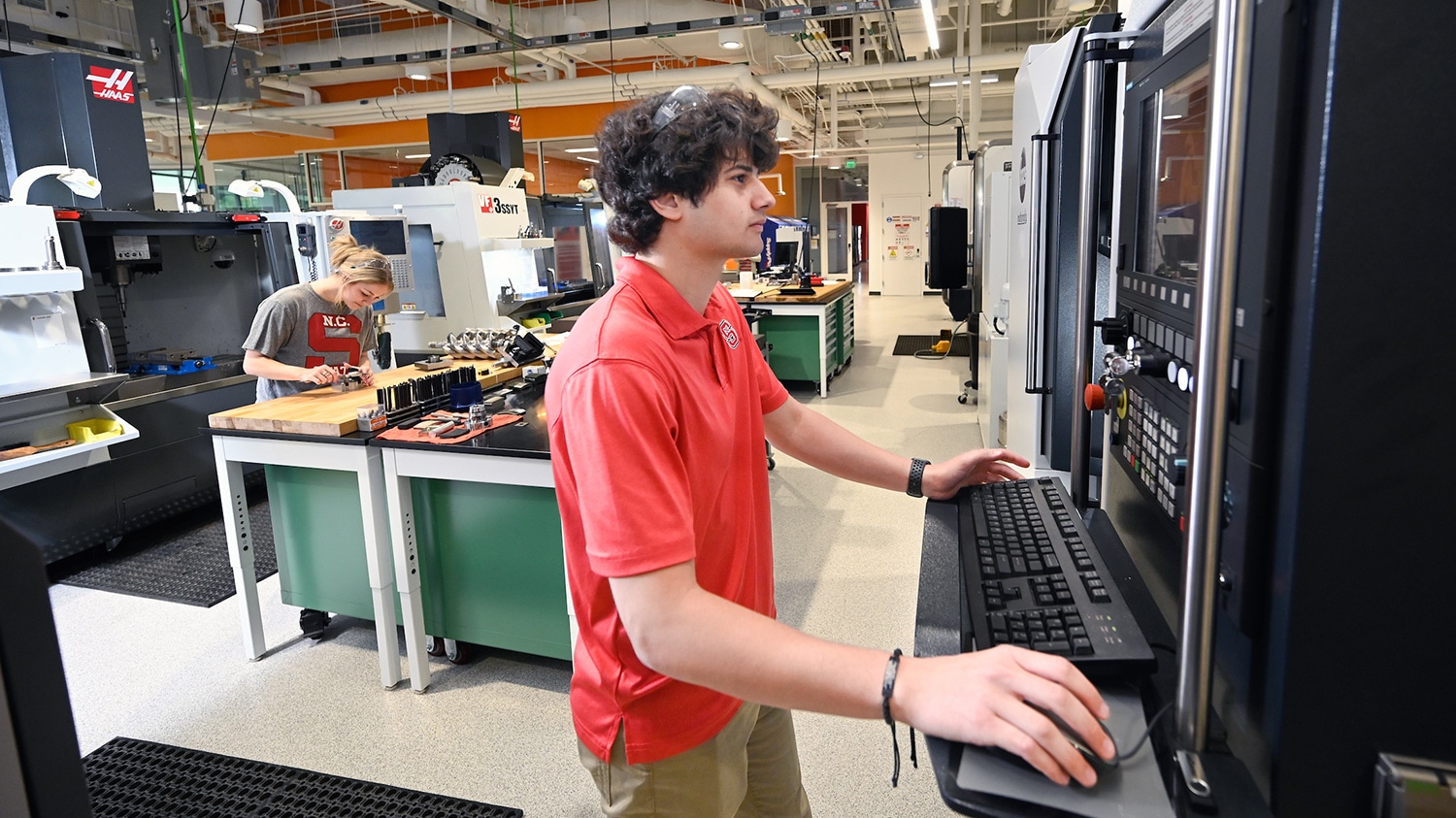The Science Of A Good Pour

I love writing about science. I also enjoy a good beer. I’ve decided to marry these two interests and write a series of posts about the science of beer. It’s not much of a stretch, since brewing is an intensely scientific art. I requested, and received, a lot of questions about the science of beer. I’m starting with this one: What is the science behind a good pour?
Keith Warren, assistant department head of physics at NC State, was kind enough to field the question. His answer needs no editing, so I’ll run it in its entirety.
Warren: “Yes, the pour does matter. I learned this by experimentation early in college. I later confirmed my experimental findings with good old physics and chemistry.
“In order to understand why the pour is important, one needs to understand why the bubbles form at all. There are two main byproducts from the yeast in beer. One is the alcohol and the second is carbon dioxide (CO2). This CO2 is trapped in the beer and, as long as the beer is under pressure, the CO2 will remain there. In order for the CO2 to nucleate into a bubble, it has to find an imperfection in the glass. This is why you see a string of bubbles coming from the same spot. Bubbles just keep forming and rising because of buoyancy. A rising bubble is also an imperfection, allowing more gas to nucleate on the bubble itself. This is the main reason why bubbles are often two to three times larger when they reach the top of the glass.
“With a good understanding of the physics involved, pouring a good beer is easy to understand. A server wants a beer to have a frothy head – but not too frothy. Too much beer head will leave the beer flat tasting. The pour should always start with a clean glass to limit the number of imperfections. The glass should be held at a 45 degree angle during the first half of the pour. This allows the beer to flow into the glass with minimal agitation. Too much agitation will cause micro-bubbles that will act as imperfections, causing too much foam. When the glass is about half full it should be straightened as the pour continues. This is when you want to form the beer head. The straight pour into the liquid creates enough micro-bubbles to generate the desired frothy head.”
Feel free to conduct your own experiments on this subject. But we remind you to experiment responsibly.
PS: As is so often the case with good ideas, someone else had this one first. Check out Rhett Allain’s post on the physics behind a head of beer. Very cool.
- Categories:


